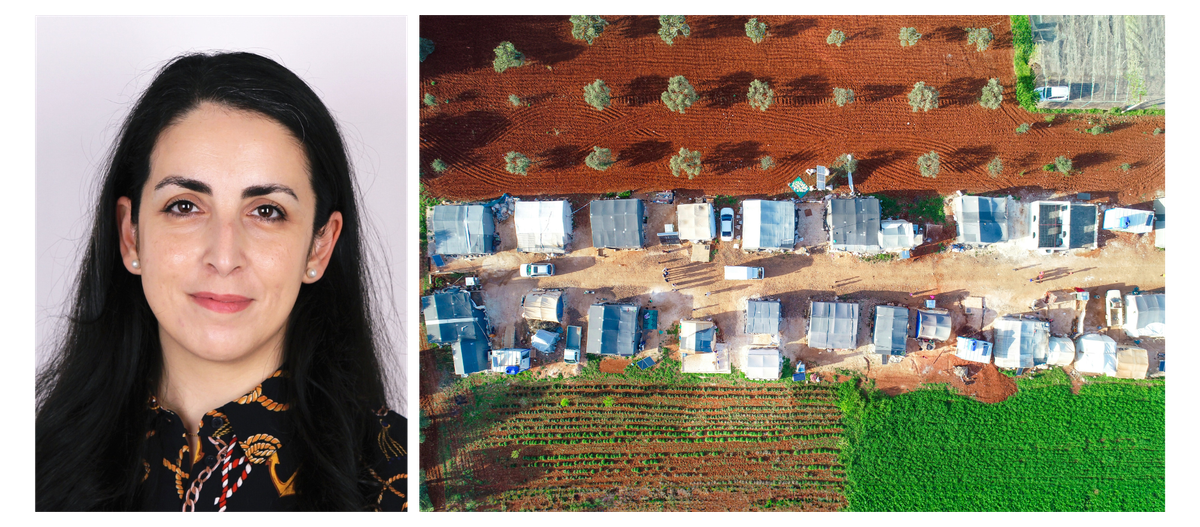Kindah Ibrahim on Rebuilding Syria’s Agriculture Sector
Learning from how communities adapted during the conflict could help make the nation more resilient to climate change.

Rebel fighters seized Damascus in December 2024, ending the half-century-long rule of Bashar al-Assad and his father and predecessor, Hafez al-Assad. Now, having toppled the family that sparked a civil war in response to large-scale protests in 2011, the Syrian people have a long-awaited chance to rebuild. But it comes as the harms of climate change are deepening across the region.
Temperatures in Syria are rising, water stress is worsening, and desertification creeps across new land each year. Results of the UN’s first Global Stocktake, announced at COP28 in 2023, warned that without more substantial commitments to climate action, the planet faces a rise in temperature of three degrees by 2100, which could render swathes of the Eastern Mediterranean region and broader Middle East unlivable. Making matters worse, Syria must grapple with the fallout of conflict-related pollution and chronic neglect and mismanagement of natural resources during the fourteen-year-long war. (For more on how Syria’s new government is addressing climate change, read my earlier reporting in Atmos.)
For this week’s newsletter, I spoke with Kindah Ibrahim, an agricultural economist and researcher at the Czech University of Life Sciences Prague. Having studied for more than a decade with the aim of providing policymakers with evidence-based solutions for her nation’s post-war recovery, Ibrahim has some ideas about where to start with building a climate-resilient agriculture sector in Syria. One solution: Learning from the nation’s women and how they’ve kept certain agricultural practices alive amid the devastating conflict.
I’m just getting started and offering a special discount for my early sign-ups. Click to subscribe and save $18 on your first six months: